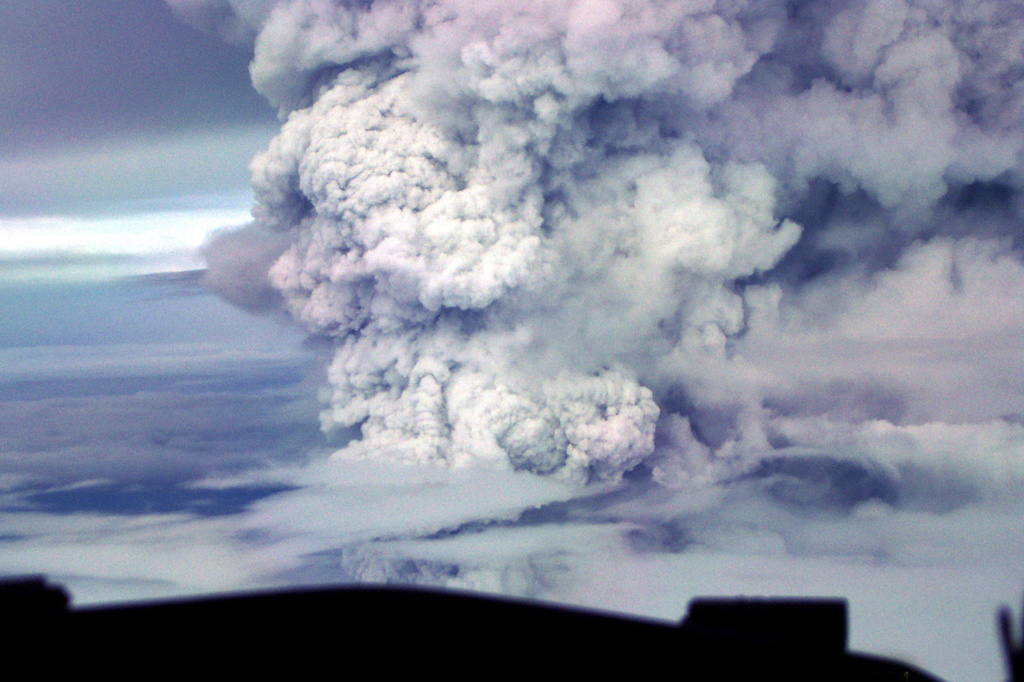The Facts
On Monday, Papua New Guinea’s (PNG) Mount Ulawun volcano began spewing smoke and debris into the air — prompting residential evacuations and the cancellation of air travel.
New Britain Island, where Mount Ulawun is located, is a part of the Pacific Ring of Fire, a region of heavy volcanic and tectonic activity that lines the rim of the Pacific Ocean.
The Spin
Narrative A
Papua New Guinea is one of the most disaster-prone and vulnerable countries in the world. Residents live under the constant threat of geologic and meteorological hazards. Even with the long-standing risks, the structures and infrastructure throughout PNG are inadequate and at risk. A burgeoning bilateral partnership between Australia and Papua New Guinea's governments focusing on disaster risk reduction could help greatly, but the threat remains.
Narrative B
The news cycle and social media are lighting up about the many volcanic eruptions that are imminent or already occurring. Yet, the truth is that we live on a very active geologic planet with somewhere between 40-50 eruptions occurring every day. Much to the chagrin of doomsayers, there is nothing abnormal going on here. PNG has faced and adopted to the threat of volcanoes throughout the tapestry of its history.



/cloudfront-us-east-2.images.arcpublishing.com/reuters/K4PSIUNNGVIW5PQQANHNBI6YQE.jpg)